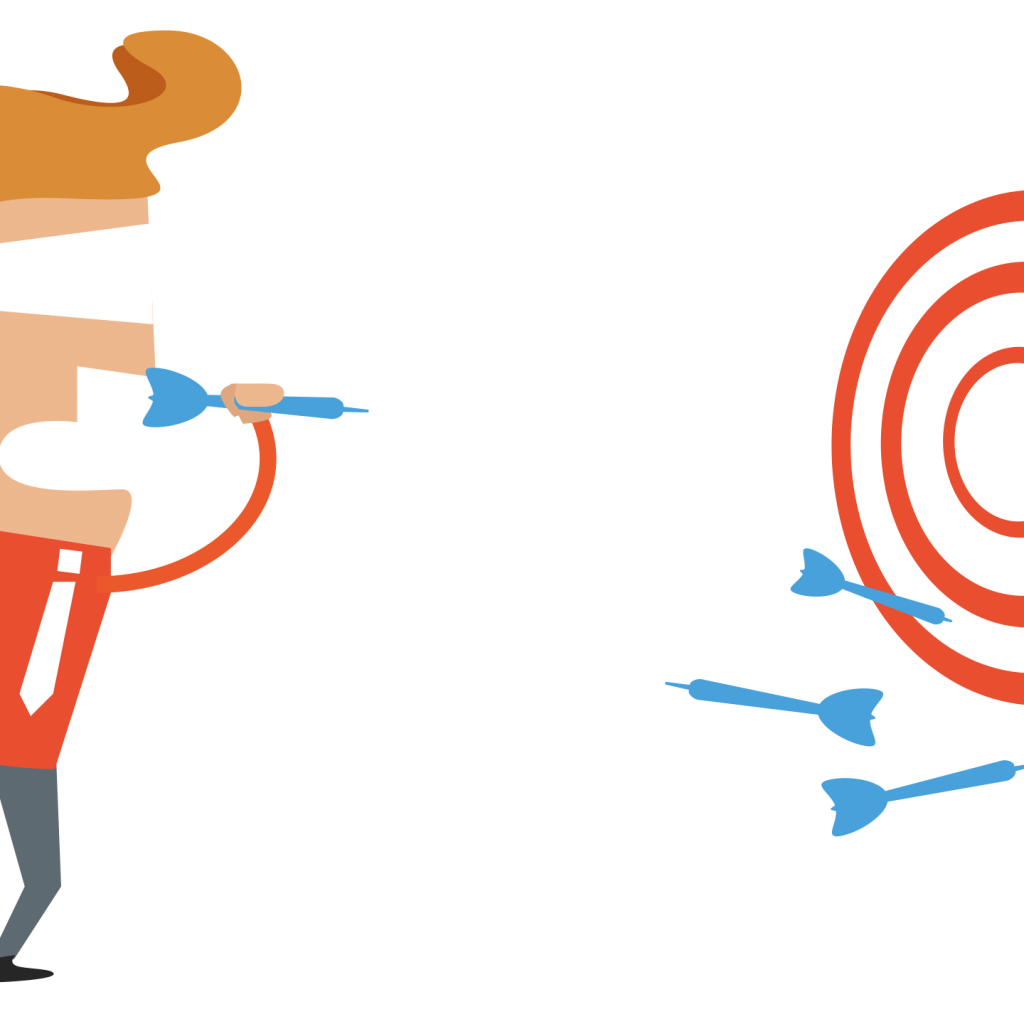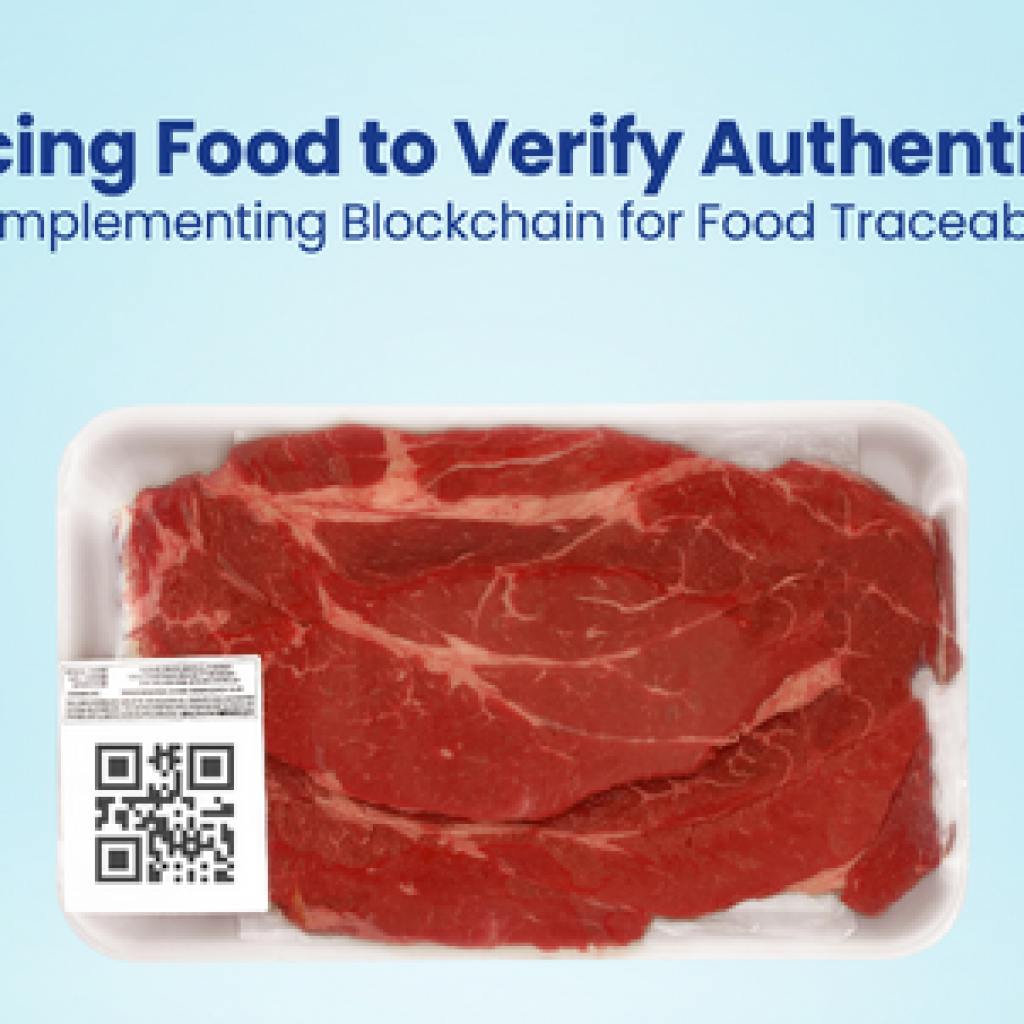As an IP litigator, you know well how a claim chart can make or break the case for you. The effectiveness of a patent infringement search is nullified if the findings cannot be conveyed in the claim chart.
The stakes are high, and you need to convince the judge or jury that your client’s patent is being infringed upon. The pressure of not missing out on a single piece of evidence is intensely real.
Fortunately, with years of experience in patent infringement search, GreyB has decoded how to make a winning claim chart. And we aren’t one to keep secrets.
Fill out the form to get the report of 15 claim charts mistakes:
In this article, I will discuss some real-life examples of how our patent monetization team went beyond the mapping section of a claim chart to make a convincing case for our client.
So, let’s dive right in.
1. Decoding the complex technology claim using pictures
In one of the projects, Aadesh Srivastav (Patent Monetization Manager) had to show the structure of the chassis of a server. However, it was challenging to show the presence of different claim elements in the structure of the chassis.
So he added diagrams to make the user understand the patent and also saw the similarity between the patent and product visually first.
Similarly, markers in the product images help the reader visualize the presence of claim elements.

In the above image, Aadesh utilized the plane to illustrate the overlap of the server chassis with the identified product, making it easier for the reader to comprehend the similarity between the patent and the product. The plane also helped Aadesh to indicate the junction separating the chassis’s rear and front sections, providing a clear visual aid to support his analysis.
Preparing a claim chart for a complex patent like that means making the claim language as easy to process as possible for our clients. From product visuals to hand-made drawings – whatever helps the client win.

Another way we have been making the patent information easy to process is by using hand drawings.
When Digital Images Don’t Work
“We try to channel our inner artist in the best way possible :)” says Moksha Saxena – Sr. Research Analyst
One case where hand drawings came in handy not just for us but also for the client was when we required the internal structure info of a tray stop. Our goal was to look for a spring inside the tray.

Initially, we identified the product image from the general literature, which provided some indication related to the spring.

However, we wanted to provide a clear picture of the product so that even a layman would understand what it depicts. And next?
Moksha Saxena showcased the internal structure of the tray stop (with spring) to our client based on the tech support’s responses and our understanding. This helped the client to better understand the overlap even before proceeding with the product testing route.


2. Snapshots of Product Testing
“At times, explicit details of the product working are unavailable in the public literature. Therefore, when performing manual product testing, we make sure that the snapshots of Product testing are used during claim chart construction,” says Ravishtha Kaundal (Sr. Research Analyst)
This does two things for us, the user can visualize the working process of the product, and second, they can depict clear evidence against the patent claims.
If we talk about one such case, it would be the one that involved a patent discussing media licensing at OTT platforms.
The patent required the user to send a request. Although details of users requesting a media could be inferred through the product literature, product snapshots in real-time served a better portrayal of the entire requesting process.
Therefore, Ravishtha logged into the platform and created a media request. Finally, she used its snapshot to map the claim element. Similarly, the entire claimed process flow was visualized using snapshots.
{further details have been contained for client privacy}
3. Showcasing multiple interpretations of claim elements in the patent Claim chart
According to Ayushi Roy (Team Lead, Infringement), exploring numerous interpretations of the claim elements to prove infringement against products in the claim charts is always a good practice.
Thus, to provide the complete story, she suggests adding supporting information from the patent specification concerning various interpretations for every claim element. To add to it, it is important to specify which interpretation supports the infringement side of the target product.
“This info is very helpful for litigation attorneys to judge whether the claim chart is a litigation grade one (aka explicit infringement read using the patent specification and a product side). It also showcases whether the product interpretation is different or similar to the prior-art references cited by the examiner during prosecution,” says Ayushi.
For example, the information below from the patent specification helped us define the interpretation of one of the claim elements, “interface panel,” in the patent. Using this, we then showcased similar infringing info from the target product side.

4. Let the details flow like a story in the patent infringement claim chart.
An easy-flowing story is not only important for a successful blog but also serves as an important part of GreyB’s successful patent claim chart construction.
Pratyush Agarwal (Senior Research Analyst) believes using the comments helps tie the points together and make them easily readable for the client.
Also, when preparing a patent infringement claim chart, we clearly show what component of the product information provides which feature of the patent claim. For example, when mapping a system claim which includes different components like input, output, and processing unit – we mark which components of the target product are the required claim elements.
We also add support from the patent description discussing the scope of claim elements, thus showing that the product aligns with the original intention of the patent.
Below is an image in which Pratyush mapped a clause “performing, in a plurality of node processors with a check to variable node messages stored in a plurality of message memories”:

Similarly, he does this process for each claim element.
Further, the analyst comments help the reader create a mental image of the similarity in product and patent, just like in the image below.

To give an overview of the above image, you can see that explicit information for each and every claim element is provided. Next, it follows a storyline that a user device needs to register with the network, that it supports different functionalities for FDD and TDD, and that the user device and network communicate with each other to exchange capabilities.
5. Provide details beyond the mapping portion during the claim chart construction.
A usual claim chart construction contains only the mapping portion with respect to the infringement read. However, it is also beneficial for the clients if we provide additional details, such as
The market potential of the target product
“The slide can contain the relevant products’ market share or sales data. This can help the client decide the priority in which they can file lawsuits or initiate licensing discussions.” as stated by Akash Maurya (Senior Research Analyst of GreyB’s Infringement team)
To add to it, he shared an example from a case where he was working on a European patent related to a battery estimation technology. Since multiple companies sell Android phones in Europe, most Android Smartphones would infringe on the patent.
He added sales data/market share of all these companies in their respective charts. This helped the client in deciding which company to sue first. If sales/market share data is available, it can also help the client with an indication of the level of damages, just like in the image below.

Moreover, if an infringing product has a low market value or generates low revenue for the target company, that showcases that the product is unimportant to the company, therefore, it would not be profitable to take that claim chart to litigation against the company.
Any additional product from the company that could be potential for the patent.
Claim charts are prepared for a single product (let’s say the target product) to provide infringing information with respect to the claim. However, most of the time, more products from the same company provide similar functionality to the target product.
Hence, we also provide a list of (or at least a set of) additional or other products from the same company that can be potential target products for the patent. This information has helped our clients mention many products in their litigation documents, thus helping to claim more damages. As well as increase the value of the patent.
The file wrapper analysis highlights the nuances of the prosecution history and the novelty.
Another helpful data to include in the claim construction chart is the information on the prosecution’s history extracted through the file wrapper.
When we include the novelty of the target claim according to the prosecution history, it saves the effort from the client side to go through the entire prosecution history and deduce the conclusion.
Adding to the above points, Vaibhav – a research analyst at GreyB, said – “The kind of detail to include or not include during the claim chart construction varies as per client requirements.”
When the purpose of the claim chart is to sue the target company, we include if any of the patents of the target company cites our subject patent. This can help the client show that the target company willfully infringed on our subject patent. Thereby claiming additional damages.
On the other hand, if the purpose of the claim chart is to sell or license the patent, in addition to standard mapping, we add information about the recent IPO or acquisition of the target company. If the target company is preparing for an IPO or is trying to merge/sell its company, it will be more likely to license the subject patent.
Therefore, studying the client’s requirements and end goal helps us decide the course of claim chart construction.
Conclusion
As we have reached the end of this article, I hope it gave you a clear picture of how the right claim chart construction can give you the edge you need in IP litigation.
Also, there are numerous publications in which the court has punished litigants and parties—harshly or lightly—for deficiencies in their claim charts.
Now, you can either invest your time in preparing a winning patent claim chart or let the experts (Obviously, the US!) do it for you.
You know what’s best! GreyB is just a click away.
Request the Claim Chart Mistakes Report:
Edited by: Annie Sharma, Editorial Team









